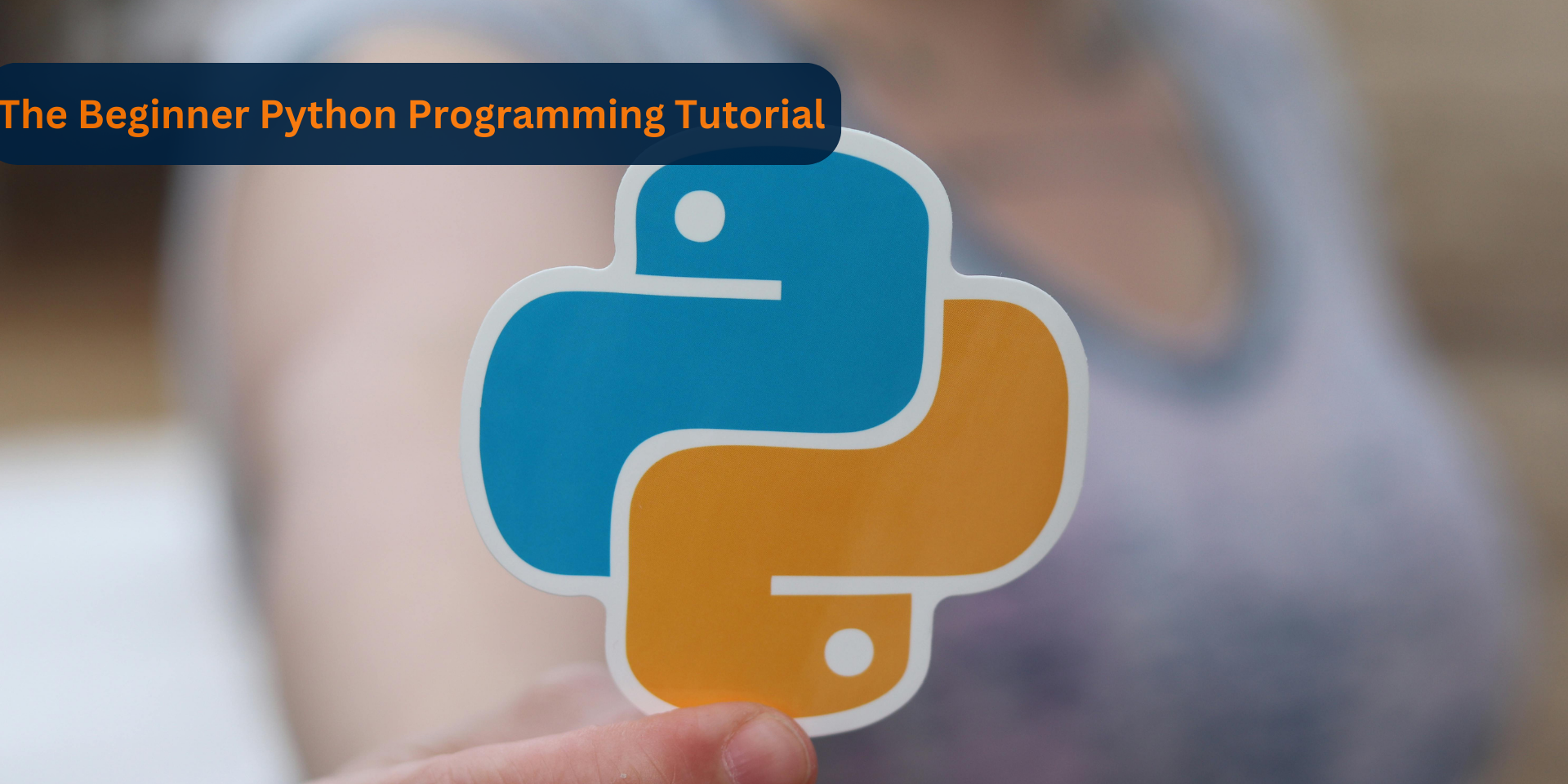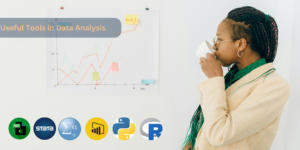Python tends to be the most desired language to start with and is actually very wanted today. It is a simple, straight to the point, adaptable language that makes it the first choice for beginners who like to code. In this blog post, we will be discussing the basics of Python programming as well as what you need to do to start coding.
Python Programming Basics:
1. Syntax: Being simple and clear in syntax is the greatest advantage that Python has over other languages, which makes it the perfect language for beginners. Indentation is very important and rather than using curly braces or keywords it shows code blocks.
2. Variables: In Python, the assignment of values to variables is not so difficult. While this feature differs from some other programming languages, the data type of a variable is not marked explicitly.
3. Data Types: Python deals with different data types like integer, float, string, list, tuple, dictionary etc. Each data type has its own operations and methods.
4. Control Flow: There are many inbuilt control structures like loops(for, while) and conditional statements(if, else, elif) that Python has and can be used to manipulate the behavior of your programs.
5. Functions: Functions in Python are defined using the `def` keyword. The modules allow you to replace the parts of the code that can be run again and therefore your program remains modular.
6. Modules and Packages: Python’s modular structure makes it possible to implement code rewriting. Modules and packages ensure that your code is well organized and also enhance its manageability and maintainability.
7. Error Handling: Python uses try-except clauses as one of the elements of its perfect exception handling mechanism that makes you ready for any instance of code errors.
Tools Used in Python
1. Interpreter: Python program is translated by an interpreter which makes your code executable and complies it line by line. On the contrary, you can run python code through the interactive interpreter or execute the scripts saved as .py files.
2. Integrated Development Environments (IDEs): IDEs like PyCharm, Visual Studio Code or Jupyter Notebook enable developers work in different Python programming environments. They also offer the code completion function, debugging system and task management tools.
3. Text Editors: The code writing tools like Sublime Text, Atom, and Vim are very lightweight and take up less memory. Although they don’t come with advanced features like IDEs, they offer the simplest way to write Python.
4. Package Managers: Tools like pip from Python can be applied to install, update and control versions of the Python packages and its dependencies. As such, pip can be considered an invaluable tool for using Python libraries and frameworks in your projects.
5. Virtual Environments: Developing of virtual environments with the aid of tools like virtualenv and conda ensures that you have an isolated python environment for each of your projects. Also, you are getting your dependencies handled and your project dependencies are not affected by one another.
6. Version Control Systems: There is definitely no comparable codebase management system to Git with it managing changes and teamwork methods. Also, you can put your repository on hosting platforms that are easy to share your code and cooperate with other developers like GitHub and GitLab.
After you master Python basic and familiarize with those essential tools you will be on the way to coding. Whether your project is web application development, data analysis, or task automation, Python still remains the most appealing language for many applications because of its power and flexibility. Subsequently, ammunition your arsenal and switch on the Python interpreter or the text editor finally and start writing the codes.


